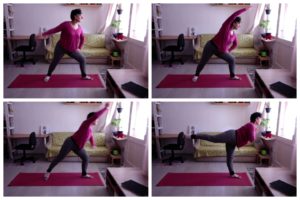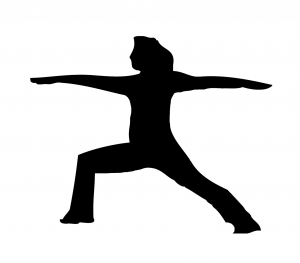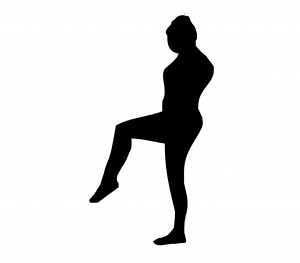I am happy to present our third Chakra course in Kreuzberg, Berlin! The past two courses have been a fascinating experience. Students deepened their understanding of their energetic systems while learning about the chakras.
In this course, I teach a symbolic language of the chakras so that one can learn to identify in what way our thoughts and our emotions affect our energy.

Thursdays (10): 20.00 – 21.30,
January 11th- March 21st, 2024
Course Overview:
The Chakras, as energetic centers within our pranic bodies, serve as a vital link connecting our bodies, minds, and emotions. Each chakra influences and is influenced by specific areas of the body, thought patterns, and emotions. Throughout this course, we will delve into the emotions, ways of thinking, and body postures that promote an unobstructed flow of energy, fostering holistic well-being.
What to Expect:
- Symbolic Language: Learn the symbolic language of the chakras and understand how it relates to various aspects of our lives.
- Self-Exploration: Utilize the chakras as a map for self-exploration, addressing concepts such as roots, creativity, self-esteem, forgiveness, surrender, love, detachment, and connection to our spirits.
- Class Format: Each class will begin with an introduction, followed by self-exploration facilitated through yoga poses and visualizations.
Details:
- Duration: Ten weeks
- Participant Requirement: Students with a minimum of three months of yoga or meditation experience.
- Maximum Participants at the Studio: Limited to 14 individuals
- Hybrid option: students can also participate online.
Prices:
- Live or Online: 200€ for the ten classes
- Early Registration Discount: Enjoy a 20€ discount by registering before January 5th, 2024.
- Drop in (live or online): 20 Euro per class
- Refund Policy: You can get a refund if you change your mind within two weeks after purchase and/or before January 5th, 2024. No refunds for cancellations after this date.
Important Notes:
- Not a Substitute for Therapy: This course is designed for self-exploration and is not a substitute for psychological therapy. It explores concepts that many humans grapple with on some level.
- This is not Kundalini Yoga: Please be aware that traditional methods of activating the chakras through Kundalini yoga will not be taught in this course. Our focus is on self-exploration and not the ascent of Kundalini energy.
To book your place please at the studio please click here.
To book your place online please click here.
To book a drop-in class, online or at the studio please click here and then write me an email to let me know what day you will be coming.
For any other inquiry write an email at:
To see more details about the course click here.
Pinelopi embarked on her yoga journey in 1999, completing a 600-hour Hatha Yoga Teacher and Vedantic Philosophy Training course in Valencia, Spain. She founded English Yoga Berlin in 2010, and now has over 15 years of experience as a full-time yoga teacher.
She deepened her knowledge by studying Yoga Anatomy with Leslie Kaminoff. Additionally, she trained with David Moore and attended his “Injury-free yoga” workshops, integrating the Alexander Technique into yoga poses. This comprehensive training enriched her expertise in both fields.
In January of 2023, Pinelopi achieved a significant milestone by becoming a certified Alexander Technique teacher. This was an intensive training for 3.3 years, totaling 1600 hours of dedicated study with Jorg Aßhoff.
Pinelopi’s ergonomic consultations integrate anatomy, Alexander Technique, and yoga’s mind-body understanding. Her holistic approach optimizes well-being in the workplace through comprehensive guidance.
She has completed training in ‘Understanding Trauma for Safer Spaces’ with Legacy Motion and ‘Somatic Embodiment and Regulation Strategies’ with Linda Thai. Her meditation philosophy is deeply inspired by Tara Brach, particularly the RAIN meditation. She is also the author of a children’s book, ‘The Magic of Rain,‘ which introduces the RAIN meditation to children and their grown-ups. It will be published in 2025 by Mango Publishing.













 When:
When: Beginning her yoga journey in 1999,
Beginning her yoga journey in 1999, 



 Warrior II:
Warrior II: Inverted Warrior:
Inverted Warrior: Extended Side Angle:
Extended Side Angle: Wide-legged Forward Fold:
Wide-legged Forward Fold: Warrior III:
Warrior III: Dancer:
Dancer: Balance:
Balance: Surrender:
Surrender:
